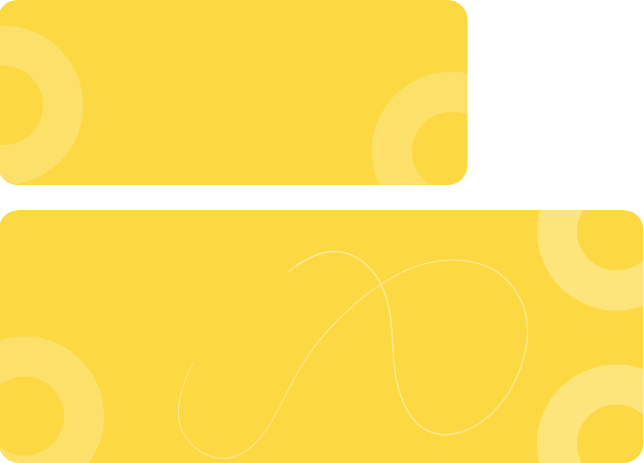The practice of Tarot Card Reading has been a subject of intrigue and skepticism for centuries. Originating from the 15th century in Europe, tarot cards were initially used for playing card games. However, in the 18th century, they started being used for divination and fortune-telling.
This practice involves using Tarot Cards, which are divided into Major Arcana and Minor Arcana, to gain insight into the past, present, or future by formulating a question, then drawing and interpreting cards. But can Tarot Cards really predict what’s next?
This blog aims to shed light on this question and delve into the topics of Tarot Card meanings, why people believe in Tarot Cards, common misconceptions about Tarot readings, and finally, concluding thoughts.
Can Tarot really predict the future?

The fundamental question that many skeptics and believers alike ask is whether Tarot can really predict the future. It is crucial to understand the nature of Tarot Card Reading and its relation to Future Prediction.
Tarot Cards are a tool for self-reflection and enhancing one’s intuition rather than a definitive guide to the future. A tarot reading provides a snapshot of the energies surrounding a person at a given moment. These energies are influenced by past actions and current circumstances, and can provide insights into potential future outcomes.
However, the future is not set in stone; it is influenced by the choices we make. Therefore, a tarot reading should be seen as a tool to guide decision-making rather than a definitive prediction of the future.
Major and Minor Tarot Card Meanings
The Tarot deck consists of 78 cards, divided into the Major Arcana (22 cards) and the Minor Arcana (56 cards).
1. Major Arcana:

These cards represent the larger themes in life and are considered the most powerful cards in the deck. They include cards like The Fool, The Magician, and The Empress. Each card symbolizes a specific aspect of the human experience, from love and relationships to career and spirituality.
2. Minor Arcana:

These cards represent the day-to-day events and experiences. They are divided into four suits: Cups, Swords, Pentacles, and Wands, each relating to a specific aspect of life such as emotions, thoughts, material world, and actions respectively.
Understanding the symbolism of each card is essential for interpreting the Tarot Card Spread during a reading.
Why do people believe in tarot cards?
People are drawn to tarot cards for various reasons:
1. Spirituality:
Many people see tarot as a spiritual tool that connects them to their inner selves or higher powers.
2. Intuition:
Tarot readings can help people tap into their intuition and psychic abilities, enabling them to make better decisions.
3. Guidance:
Tarot readings can provide insights into challenging situations, helping individuals to see things from a different perspective and make informed decisions.
4. Self-reflection:
Tarot cards can serve as a mirror, reflecting one’s inner thoughts, feelings, and desires, thus facilitating self-awareness and personal growth.
Common Misconceptions About Tarot Readings
1. Tarot Cards Are Evil or Associated With Black Magic
One of the most common Tarot Card Myths is that they are evil or associated with black magic. This misconception likely stems from the mystical imagery on the cards and their historical association with the occult.
However, tarot cards are simply tools for self-reflection and personal growth. They can be used to tap into one’s intuition, explore subconscious thoughts and feelings, and gain new perspectives on challenging situations.
2. You Need Psychic Abilities to Read Tarot Cards
Another common misconception is that you need to have psychic abilities to read tarot cards. While tarot readings can help individuals tap into their intuition and develop their psychic abilities, one does not need to be psychic to read tarot cards.
With practice and a good understanding of the tarot card symbols, anyone can learn to read tarot cards and interpret them meaningfully.
3. Tarot Cards Predict the Future

Many people believe that tarot cards can predict the future in a definitive way. However, tarot readings provide insights into potential future outcomes based on the current energies and past actions of the individual being read.
The future is not set in stone and can be influenced by the choices we make. Therefore, tarot readings should be seen as a tool to guide decision-making rather than a definitive prediction of the future.
4. Only a Professional Tarot Reader Can Read Your Cards
Some people believe that only a professional tarot reader can accurately read and interpret the cards. While a professional reader may have more experience and a deeper understanding of the cards, anyone can learn to read tarot cards with practice and dedication. The most important thing is to approach the cards with an open mind and a respectful attitude.
5. Reading Tarot Cards Can Bring Bad Luck

Another common Tarot Card Myth is that reading tarot cards can bring bad luck or attract negative energies. This misconception likely stems from the fear of receiving negative or challenging messages in a tarot reading.
However, tarot cards are simply a tool for self-reflection and personal growth. Approaching the cards with a positive attitude and an open mind can lead to valuable insights and a deeper understanding of oneself and one’s circumstances.

Conclusions
Tarot Card Reading is a valuable tool for self-reflection, enhancing intuition, and providing guidance during challenging times. While tarot cards can offer insights into potential future outcomes, they do not predict the future in a definitive way.
Understanding the Major and Minor Tarot Card meanings is essential for interpreting the Tarot Card Spread accurately. Despite the common misconceptions surrounding tarot readings, they are not associated with evil or black magic, nor do they require psychic abilities. Ultimately, tarot cards are a tool that, when used with respect and understanding, can provide valuable insights and facilitate personal growth.
 By
By



